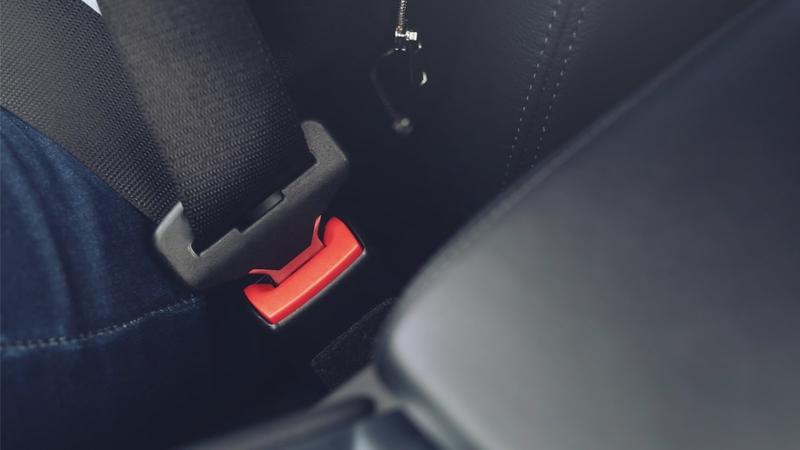It's a proven fact that seat belts save lives. Transport Canada statistics indicate that five lives are saved for every one percent increase in seat belt usage among Canadians.
Wearing a seat belt properly is a legal requirement for all motor vehicle drivers and passengers in Canada. In most jurisdictions, the law has been in effect for over 30 years and statistics indicate that most Canadians are getting the message; well over 90% of individuals wear their seat belt while traveling in a motor vehicle. Failure to heed the law can have tragic results, approximately 25% of all people killed in automobile collisions were not wearing a seat belt at the time of the accident.
Ontario was the first Canadian province to introduce seat belt laws back in 1976. At the time, only about 17% of Ontarians regularly wore a seat belt. Now the number is 96%, and it's estimated that over 8,000 lives have been saved thanks to seat belt regulations.
Drivers and passengers over the age of 16 who are convicted of a seat belt violation face a fine of $240 and have two demerit points added to their record. The same penalties apply to drivers who fail to ensure that passengers under the age of 16 observe seat belt laws while traveling in their vehicle.
Insurance ConcernsSeat belt restrictions are an important concern for insurers as well. More people wearing seat belts means fewer serious injuries and lower claim costs for insurance providers. Serious injuries can be a significant expense for insurance companies as the costs of paying for medical care, replacing income, and covering the cost of additional expenses related to devastating injuries can be very substantial. As a result, insurance companies take seat belt infractions very seriously. Failure to wear a seat belt is considered to be a separate conviction, no matter what offence originally caused the driver to be stopped by the police. Each separate conviction may cause an increase in your insurance premium and in combination with prior offences can put your driver's license or insurance coverage in jeopardy. Some insurance companies may not renew your insurance policy after as few as three traffic violations in any three year period, from date of conviction.
Using a Seat Belt ProperlyFor a seat belt to properly distribute the impact forces in a collision, it must be in good repair and worn correctly.
Here are the keys to effective seat belt use.
1. One person, one seat belt. You should never have more people in your car than the number of functional seat belts. Seat belts are designed to be used by one person only and doubling up significantly reduces their effectiveness.
2. Wear it correctly. The shoulder belt should be worn across your body from the top of your shoulder, across your chest and attach to the lap belt at your waist. The belt should not be worn under your arm or across your neck, since these positions will direct the impact forces to the soft tissues of your neck or abdomen, increasing the risk of serious injury. The lap belt should be worn lowly across the hips for maximum protection. Both the lap and shoulder belts should fit snugly across your body.
3. Children should sit in the back seat in the appropriate restraint. Children age 12 and under should always sit in the back seat as this is the safest place in the car. Front seat air bags can cause significant physical injuries to small children.
Children must be placed in the appropriate car seat for their age. Infants should be placed in a properly secured rear-facing car seat in the back seat of the car. Toddlers can graduate to a forward-facing when they have outgrown the rear facing model. Young school age children who have outgrown the car seat require a booster seat until they are tall enough that their feet can rest comfortably on the floor of the car and they are tall enough that their head can comfortably rest against the head rest (they need to be at least 4 feet, 9 inches or 145cm tall for this).
Make sure you follow the child seat manufacturer's instructions for installing and securing the seat. It's best to buy the seat new rather than used, since you don't know what conditions the seat was previously subjected to and occasionally the plastic and other materials used in building the seat can fatigue from extended use or being involved in a collision. This is one area that you certainly don't want to settle for poor quality. Proper seat belt and child restraint use can help you to avoid traffic tickets, keep your insurance costs down and most importantly, help you and your family stay safe.
